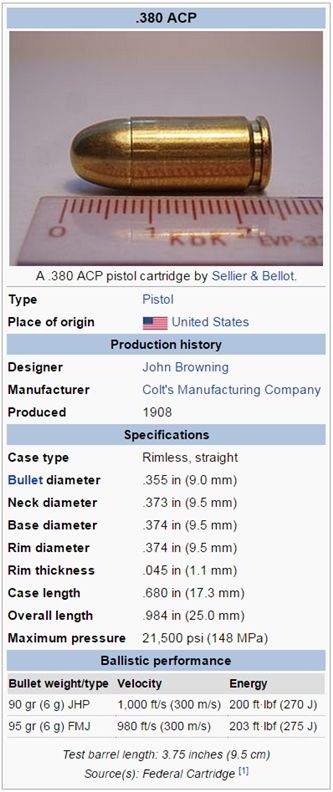- Joined
- Jul 4, 2012
- Messages
- 2,832
- Points
- 63
Madmacmo back again? Whats up man, how ya been?

Follow along with the video below to see how to install our site as a web app on your home screen.
Note: This feature may not be available in some browsers.



Madmacmo back again? Whats up man, how ya been?
I have to say that I have been very well indeed, in spite of the lack of any deserving measure of responsible living on my part. How about you guys?
When, not if the sh*t hits the fan. A HK416 would be my firearm of choice.
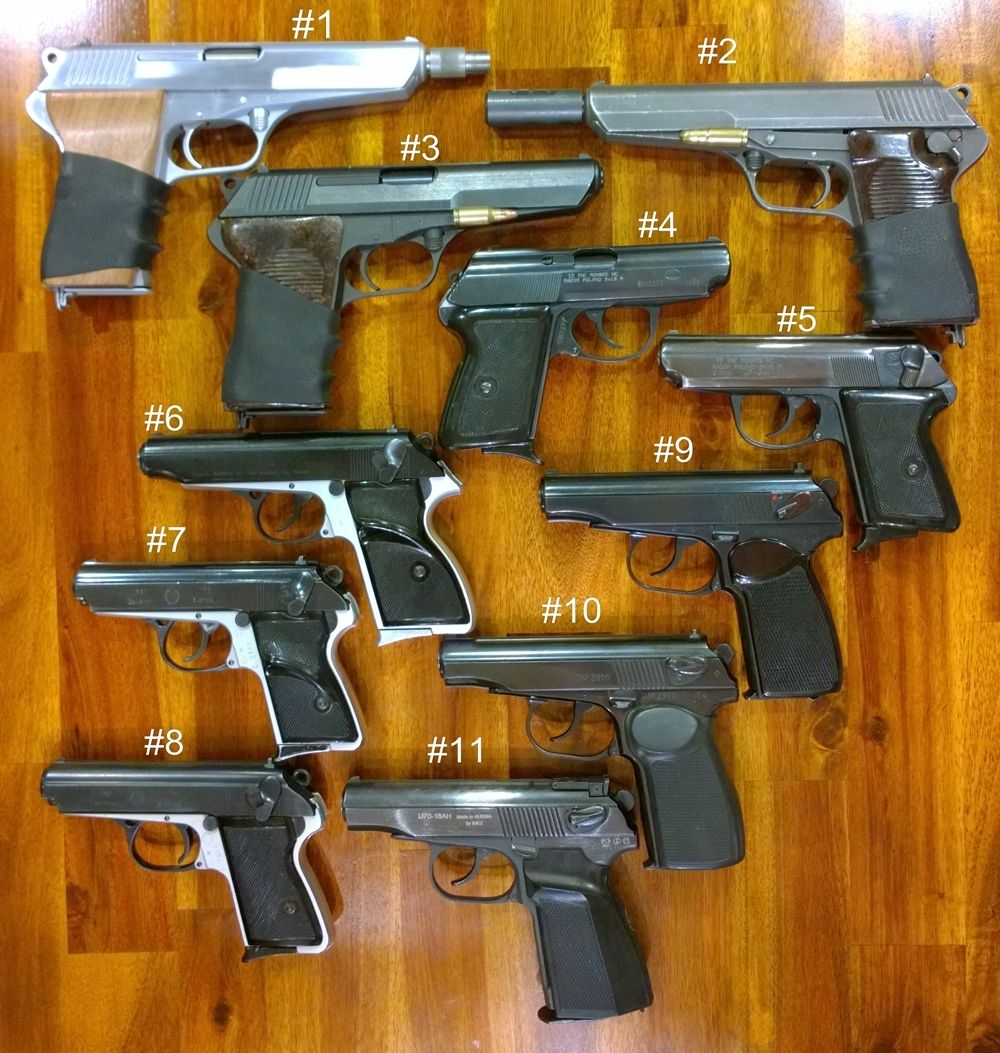


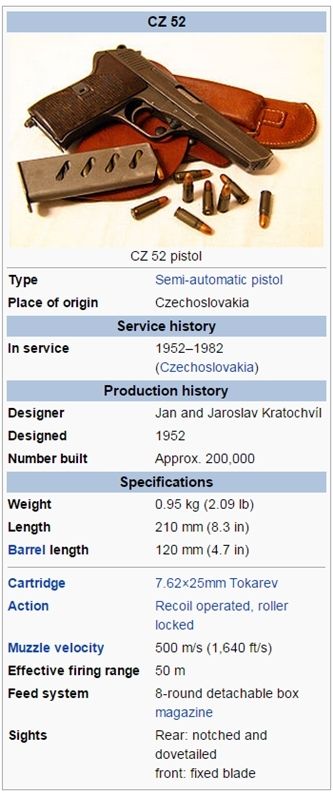
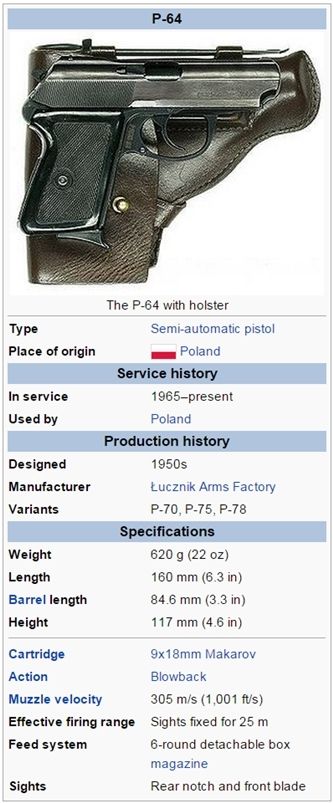
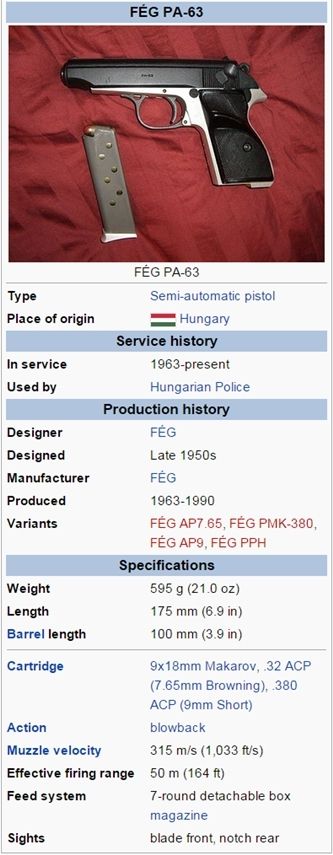
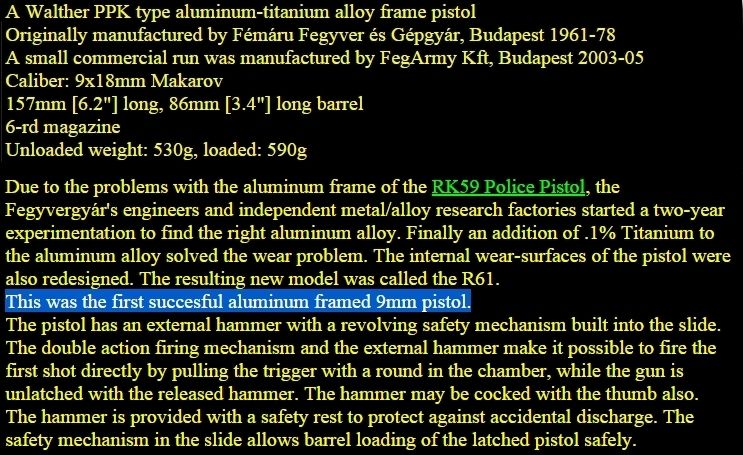

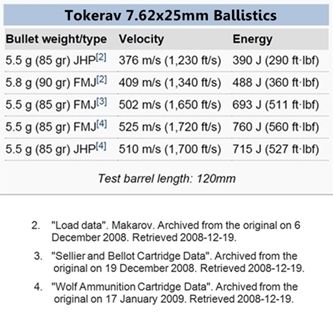
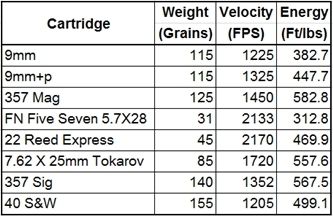

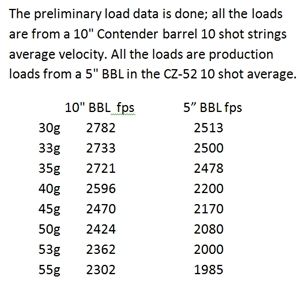
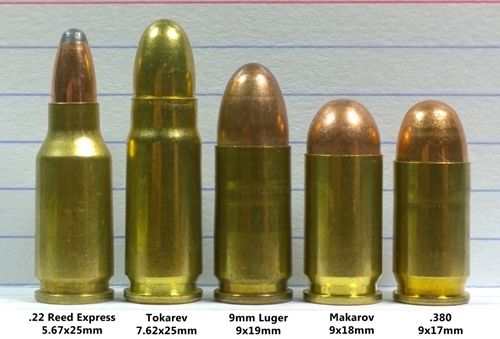
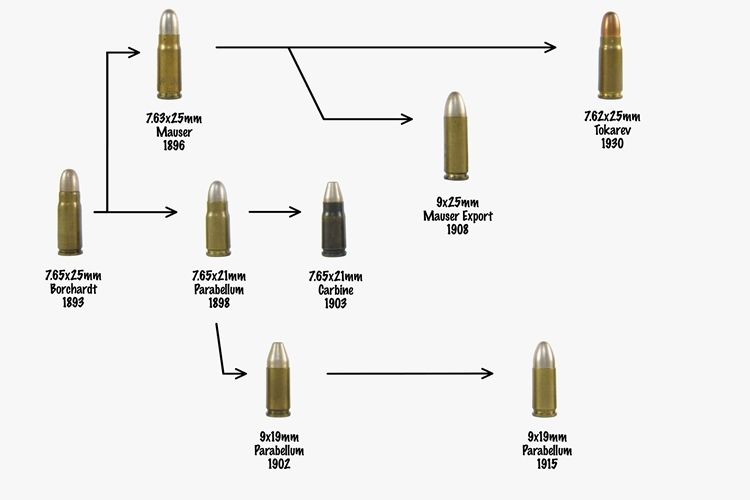
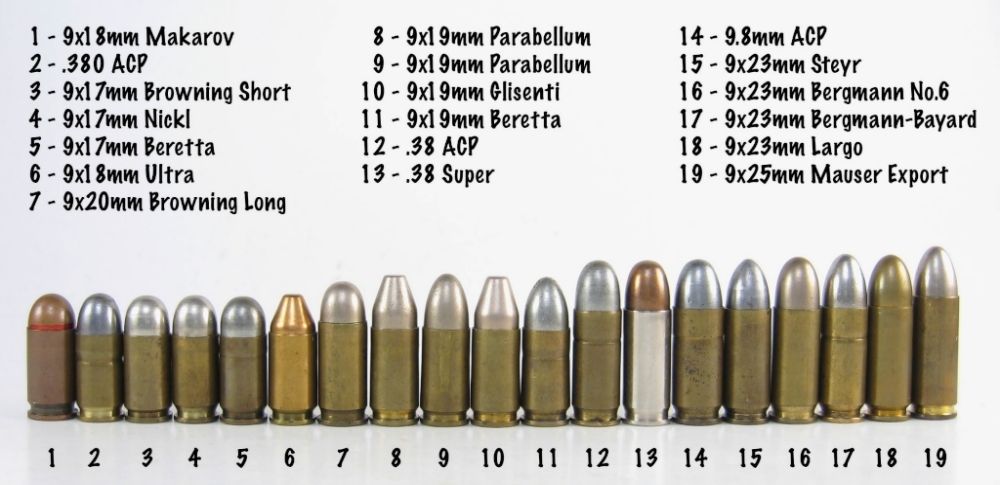
7.62×25mm Tokarev
From Wikipedia, the free encyclopedia
The 7.62×25mm Tokarev cartridge is a Russian bottle-necked pistol cartridge widely used in former Soviet satellite states, China and Pakistan among other countries. The cartridge has since been replaced in most capacities by the 9×18mm Makarov in Russian service.
History
The 7.65mm Borchardt originated in Germany in 1893. Then prior to the First World War, the 7.63×25mm Mauser caliber Mauser C-96 pistol gained in popularity worldwide. In 1908, the Tsarist army placed the C-96 on a list of approved sidearms that officers could purchase at their own expense in lieu of carrying the Nagant M1895 revolver. Between 1914 and 1917, more Mauser pistols and ammunition were obtained as captured arms from German and Turkish forces.
The Mauser and its cartridge were used on all fronts of the Russian Civil War and in the 1920s, during a period of relatively close cooperation between Soviet Russia and the Weimar Republic, the Red Army purchased batches of the smaller Bolo version as well as ammunition for use by its officers. Although a copy of the cartridge was being produced at the Podolsky Ammunition Factory, the Soviets eventually purchased a license and manufacturing equipment from DWM in Germany to produce the cartridge.
In 1929, the Soviet Artillery Committee made a proposal to develop a domestic pistol chambered for the Mauser cartridge. After considerable research and development, it was decided that the "Model 1930 7.62 mm Pistol Cartridge," essentially the Mauser round with minor modifications, was to become the standard caliber for Soviet pistols and submachine guns. Early versions of the Vasily Degtyaryov-designed PPD-40 submachine gun were marked "For Mauser Cartridge Caliber 7.62 mm".

9×19mm Parabellum
From Wikipedia, the free encyclopedia
The 9×19mm Parabellum (abbreviated 9mm, 9mmP, 9×19mm or 9×19) cartridge was designed by Georg Luger and introduced in 1902 by the German weapons manufacturer Deutsche Waffen- und Munitionsfabriken (DWM) for their Luger semi-automatic pistol. For this reason, it is designated as the 9mm Luger / 9mm Luger +P by the SAAMI and the 9 mm Luger by the C.I.P. (differentiating it from the 9mm Makarov and 9mm Browning cartridges). Under STANAG 4090, it is a standard cartridge for NATO forces as well as many non-NATO countries.
The name Parabellum is derived from the Latin: Si vis pacem, para bellum ("If you seek peace, prepare for war"), which was the motto of DWM.
According to the 2006 edition of Cartridges of the World, the 9×19mm Parabellum is "the world's most popular and widely used military handgun cartridge." In addition to being used by over 60% of police in the U.S., Newsweek credits 9×19mm Parabellum pistol sales with making semi-automatic pistols more popular than revolvers.

9×18mm Makarov
From Wikipedia, the free encyclopedia
The 9×18mm Makarov (designated 9mm Makarov by the C.I.P. and often called 9×18mm PM) is a Russian pistol and submachine gun cartridge. During the latter half of the 20th Century it was a standard military pistol cartridge of the Soviet Union and the Eastern Bloc, analogous to the 9×19mm Parabellum in NATO and Western military use.
During the war the Red Army had found a few shortcomings of its 7.62mm TT-33 pistol, one of which was a tendency to inadvertently drop its magazine while in operation. The army wanted something that was lighter, with a heel release instead of a button and different ammunition. A direct blowback design was chosen for the pistol's operation, since it would be quick and cheap to manufacture, as well as accurate, due to the fixed-barrel design allowed by direct blowback operation.
The 9×18mm Makarov round was designed by B.V. Semin in 1946, and was intended to be a relatively powerful round with modest bolt thrust that could function safely in a simple or direct blowback pistol. It was based on the 9×18mm Ultra cartridge which was developed in 1936 by Gustav Genschow & Co. for the German Luftwaffe, as a more powerful alternative to the 9×17mm used in the Walther PP, also a simple blowback design pistol. Nikolay Fyodorovich Makarov went on to design the Makarov PM pistol around the 9×18mm Makarov round in 1948.
The Soviet military required that their ammunition should be incompatible with NATO firearms, so that in the event of armed conflict a foreign power would be unable to use captured Soviet ammunition supplies. 9×18mm Makarov ammunition uses a larger diameter bullet than other common 9mm rounds, measuring 9.27mm (0.365 in), compared with 9.017mm (0.355 inches) for 9mm Parabellum. After its introduction in 1951, the 9×18mm Makarov round spread throughout the militaries of Eastern Bloc nations.
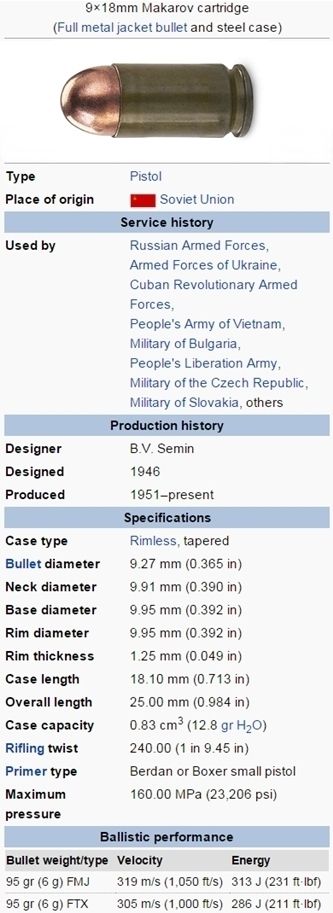
380 ACP
From Wikipedia, the free encyclopedia
The .380 ACP (Automatic Colt Pistol) pistol cartridge is a rimless, straight-walled pistol cartridge developed by firearms designer John Browning. The cartridge headspaces on the mouth of the case. It was introduced in 1908 by Colt, and has been a popular self-defense cartridge ever since. Other names for .380 ACP include .380 Auto, 9mm Browning, 9mm Corto, 9mm Kurz, 9mm Short, 9×17mm and 9 mm Browning Court (which is the C.I.P. designation). It is not to be confused with .38 ACP, 9mm Ultra, 9mm Makarov or 9mm Parabellum.
Design
The .380 ACP cartridge was designed for early blowback pistols which lacked a barrel locking mechanism. The locking mechanism that is found on most other pistols is not necessary for the .380 because of the round's relatively weak bolt thrust when fired. The recoil spring and the mass of the slide are enough to buffer the recoil energy of the round. This simplifies manufacture of pistols chambered for such a round, generally thereby lowering the cost. It also permits the barrel to be permanently fixed to the frame, which promotes accuracy. There have, however, been a number of locked-breech pistols chambered in .380 ACP, such as the Pedersen Hesitation-Lock of the Remington Model 51 and 53 (.45ACP). There have also been some diminutive submachine guns, such as the Ingram MAC-11 and vz. 83
Uses
The .380 ACP has experienced widespread use in the years since its introduction. It was famously used by many German officers during World War II in the Walther PPK, as well as by Italian forces in the Beretta M1934. However, as a service pistol round, its power did not provide suitable penetration for combat. It did find use as a backup gun due to low recoil, and is popular in the civilian market as a personal defense round. The .380 ACP round is marginally suitable for self-defense situations as a choice for concealed carry pistols. It was the round used in Defense Distributed's "Wiki Weapon" project to successfully 3D print a firearm.
